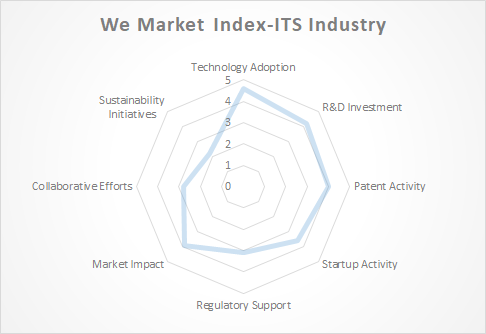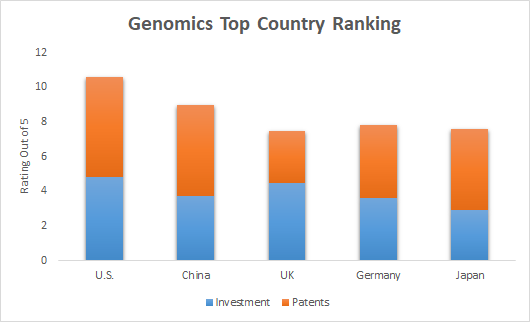Energizing the Future: The Rise of the Energy-as-a-Service Industry
The energy landscape is
undergoing a profound transformation. Traditionally dominated by centralized
utilities, it's now being reshaped by the concept of Energy-as-a-Service
(EaaS). This innovative approach is revolutionizing how we produce, distribute,
and consume energy. In this blog, we'll explore what the Energy-as-a-Service
industry entails, why it's gaining momentum, and what the future holds for this
dynamic sector.
Understanding Energy-as-a-Service
Imagine a world where you don't
just pay for the electricity you use; you pay for the outcomes it provides.
This is the essence of Energy-as-a-Service. EaaS is a comprehensive,
customer-centric approach to energy management that focuses on delivering
energy solutions rather than merely selling kilowatt-hours.
At its core, EaaS aims to provide consumers with:
1. Energy Efficiency: EaaS
providers leverage advanced technologies such as IoT, sensors, and Artificial
Intelligence (AI) to optimize energy consumption in real-time. They help
clients reduce energy waste, lower costs, and enhance sustainability.
2. Reliability and Resilience:
EaaS providers offer robust energy infrastructure solutions, including
microgrids and energy storage systems, to ensure a continuous power supply,
even during grid outages.
3. Sustainability: EaaS
prioritizes renewable energy sources, helping clients reduce their carbon
footprint and meet sustainability goals.
4. Cost Predictability: Instead
of fluctuating utility bills, EaaS offers predictable pricing models, making
budgeting more straightforward for businesses and individuals.
Why EaaS is Gaining Momentum
Several factors are driving the rapid growth of the EaaS industry:
1. Technological Advancements:
IoT, AI, and smart grid technologies have made it possible to monitor, control,
and optimize energy consumption in real-time, paving the way for EaaS
solutions.
2. Sustainability Goals: As
organizations and individuals increasingly prioritize sustainability, EaaS
offers a way to access cleaner energy and reduce environmental impact.
3. Energy Independence: EaaS
solutions, like microgrids and distributed energy resources, provide resilience
and energy security, particularly important in the face of natural disasters
and grid failures.
4. Cost Savings: EaaS can lead to
significant cost reductions through energy efficiency measures and optimized
energy procurement.
Applications of EaaS
The versatility of EaaS is
evident in its various applications:
1. Commercial and Industrial
Sectors: Large businesses use EaaS to optimize energy consumption, reduce
costs, and meet sustainability targets.
2. Residential Sector: EaaS
models are emerging in the residential market, allowing homeowners to access cleaner
and more affordable energy solutions.
3. Public Sector: Cities and
municipalities are turning to EaaS to enhance energy resilience, reduce costs,
and transition to renewable energy sources.
4. Microgrids: EaaS plays a
critical role in the development of microgrids, enabling communities and
businesses to generate and manage their energy locally.
Future Outlook
The Energy-as-a-Service industry
is poised for substantial growth in the coming years. As technology continues
to advance, and as society places a greater emphasis on sustainability and
energy resilience, EaaS will become an integral part of the global energy
landscape.
Key trends to watch in the EaaS
industry include:
1. Decentralization: More
localized energy generation and distribution through microgrids and distributed
energy resources.
2. Renewable Energy Integration:
Wider adoption of renewable energy sources, such as solar and wind, within EaaS
models.
3. Electrification: Increased
electrification of transportation and heating, driving the need for innovative
EaaS solutions.
4. Energy Storage: Advanced
energy storage technologies will play a pivotal role in EaaS, ensuring a stable
energy supply.
In conclusion, the Energy-as-a-Service industry
is reshaping how we think about and interact with energy. It offers a promising
path toward a more sustainable, reliable, and cost-effective energy future. As
businesses, communities, and individuals seek greater control over their energy
destiny, EaaS is set to be a driving force in the transition to a cleaner and
more resilient energy landscape.




